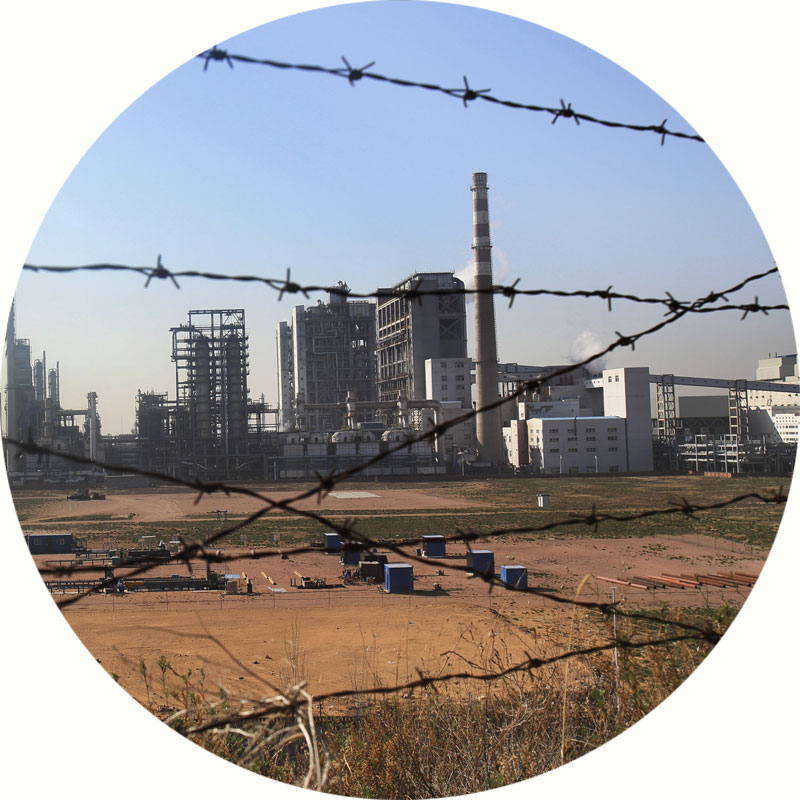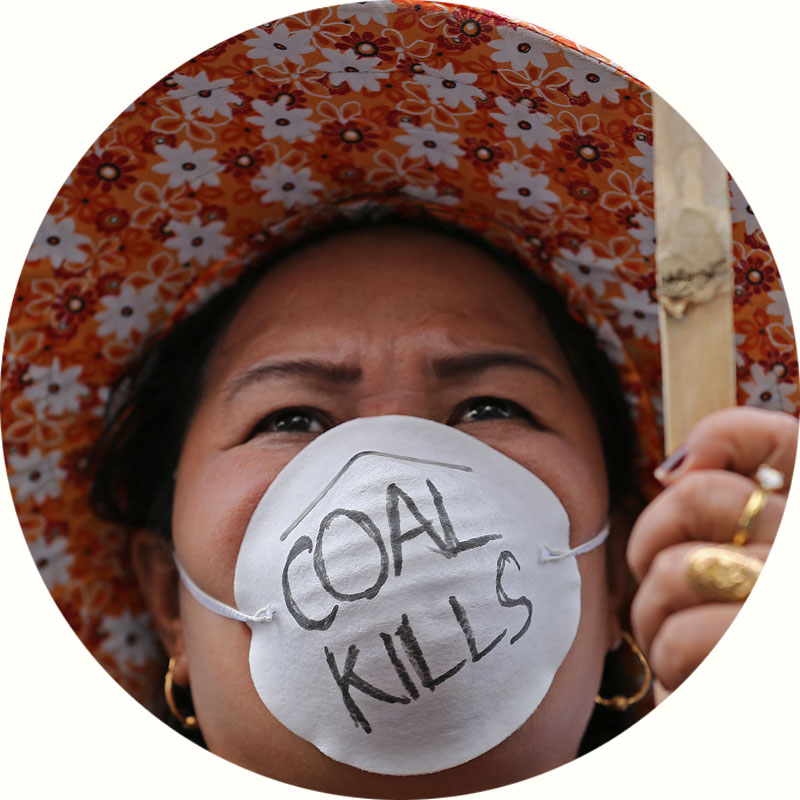This page contains research and analysis published in November 2017. Our December 2018 update of which banks are financing coal plant developer companies is available here.
"Coal is dead" was the verdict in June 2017 from a senior executive at BlackRock, the world’s largest investment group. The coal industry may indeed be in decline, due to a combination of factors including the plummeting cost of renewable energy, tighter regulatory regimes and grassroots opposition to coal plants worldwide, but it is still far from down and out.
According to data from the Global Coal Plant Tracker, while the number of new coal plants in the pre-construction phase around the world almost halved between 2015 and 2016, there are currently over 1,600 new coal plant units still in planning, predominantly in developing countries. If these were to be built, the world’s coal-fired power capacity would be expanded by more than 42%. To put this threat in context, the United Nations Environment Program recently recommended an end to the construction of new coal power plants and an accelerated phasing out of existing plants as key steps towards achieving the goals of the Paris Agreement.
This threat has been captured by the 'Global Coal Exit List‘, published in full by urgewald during the 2017 UN Climate Summit in Bonn. It provides for the first time the list of the top 120 coal plant developers, a group of companies which together plan to build more than 550,000 MW of new, climate-busting, coal-fired power capacity, the equivalent of the combined coal fleets of India, the United States and Germany. These are the companies which should be at the top of every divestment list – further investments in these companies are an entry ticket to a 4°C world and must be stopped now.
BankTrack, urgewald, Friends of the Earth France, Re:Common and Rainforest Action Network have dug into the investment numbers to discover which commercial banks are financing these companies. Our research shows that between January 2014 and September 2017, the global banking sector provided and mobilised financing in excess of $600 billion for the top 120 coal plant developers, via lending and underwriting. And approaching half of this sum – $275 billion – has been provided since the Paris Agreement was signed in 2015, despite their coal plant development plans being fundamentally incompatible with the agreement's objectives.
Major financing for coal power expansion is still materialising despite some notable progress in recent years from a number of big banks which have, in various ways, publicly committed to curb their financing for companies in the coal power sector. Yet, as revealed by this new dataset, banks are still a long way off from closing their doors to the 120 coal plant developers that pose the biggest threat to the climate.
On the occasion of the second anniversary of the Paris Agreement, world leaders convened alongside major financial institutions and business leaders for Climate Finance Day in Paris. With a ‘global stocktake’ under way now on the climate action taken since the signing of the Paris Agreement, there is an urgent need to take stock of the coal power disaster that banks are facilitating – a disaster which, for the most part, is continuing unabated. This analysis is published in tandem with the 'Investors vs. the Paris Agreement‘ report from urgewald which reveals the institutions still investing in the top 120 coal plant developers.
The coal plant developer companies and their financial supporters are hereby unveiled – who would now argue against the financial blacklisting of these coal companies which are threatening us all?









